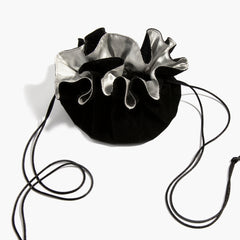With its macabre name and early November date, Day of the Dead (DÃa de los Muertos) is often confused with Halloween. Yet this holiday is about celebration and joy, not monsters and fright!
_____
Halloween gets all the attention (creative costumes, spooky decorations, bags full of candy). However, an important holiday in the Mexican tradition that we don’t hear much about in the U.S is Day of the Dead (El DÃa de Muertos). During this celebration, which begins on November 1, people honor loved ones who have passed on. Read on for more of the back story on this culturally rich tradition. It Dates Back Longer Than Halloween Day of the Dead originated at least 3,000 years ago with an Aztec festival honoring the goddess Mictecacihuatl, who ruled the underworld. This holiday predates Halloween, which has its earliest roots with the Celts 2,000 years ago, when it was known as Samhain. It’s More Than One Day Despite the singular name, Day of the Dead is celebrated on November 1 and 2. The first day is known as “Dide los Inocentes” and is dedicated to children who have passed away, and Dide los Muertos, on November 2, is the actual Day of the Dead. On these days, people honor their deceased loved ones at festivals and by decorating their graves with marigolds to represent hope. Some people also leave toys at the graves of children or food and trinkets at the graves of their adult loved ones. Skulls Become Symbols of Joy Unlike the skull imagery of Halloween that’s meant to induce fear, Day of the Dead is marked by whimsically decorated skulls known as Calaveras, which honor deceased loved ones. This symbol appears throughout our Calavera jewelry collection in necklaces, bracelets, rings, charm bangles, and earrings. And El DÃa de Muertos is a mourn-free zone – it's all about celebrating the lives of the deceased and remembering their joyous qualities. So add a piece to your #charmedarm on November 1 and 2 to honor those you love who've passed on. Written by Caila Ball-Dionne


